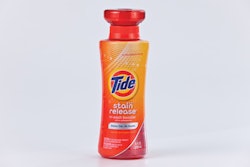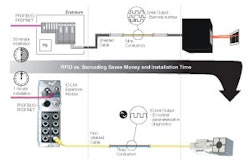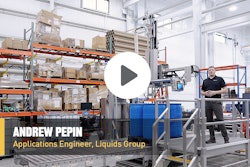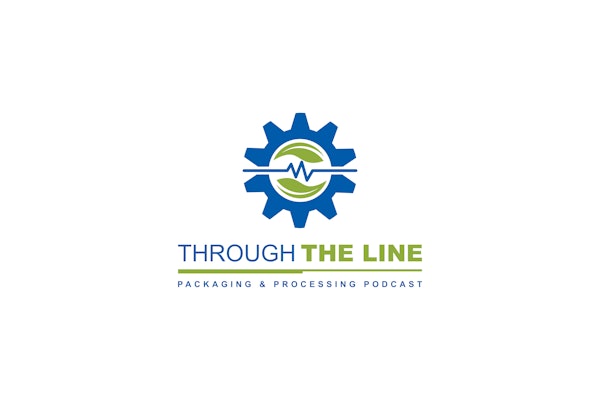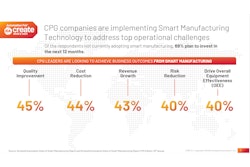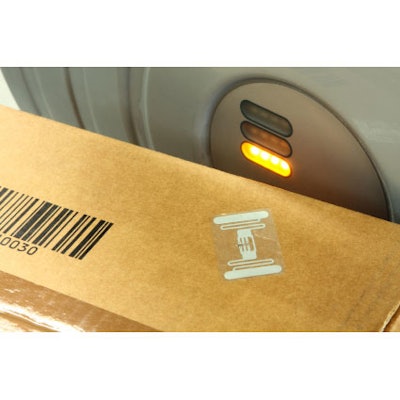
The U.S. Food & Drug Administration and Walmart provided a powerful boost for early adoption of Radio Frequency Identification (RFID) in pharmaceutical packaging to strengthen track-and-trace and anti-counterfeiting efforts. However, cost and technology issues slowed its progress. So what’s the deal with RFID’s use in pharmaceutical packaging today?
First, a little background information: “Recent estimates of the costs of bringing a drug to the U.S. market range from $110 million to $802 million,” said a Microsoft Life Sciences online article. “With so much at stake, any technology that boosts a company’s competitive advantage, as RFID can do by streamlining the supply chain, is of obvious interest to players in the pharmaceutical industry.”
RFID can “facilitate data collection in clinical trials,” said the article, which also reported on “intelligent pharmaceutical packaging developed by a Swedish company” that “records every dosage event with a time stamp and then delivers the data straight to the company’s analysis database. Moreover, the packaging can be programmed to deliver audio signals when it’s time for the trial participant to take the drug.”
In the conclusion to his June 1 report in PharmaPro.com, Bikash Chatterjee, Pharmatech Associates, said the following: “RFID presents an opportunity for the industry to physically tie together a true e-pedigree to each individual container. However, performance comes with a price, particularly if security is the issue and the primary technology still being considered is passive RFID tags. To be successful we must combine these technologies with supportive technologies and practices to reduce the risk of diversion or adulteration within the supply chain. … The future of RFID in our supply chain leaves no doubt, but we have not reached a point in its development where it can be the magic bullet we are looking for to secure our overall supply chains. It is one part of the remedy, but not the cure.”


